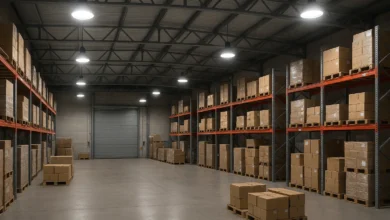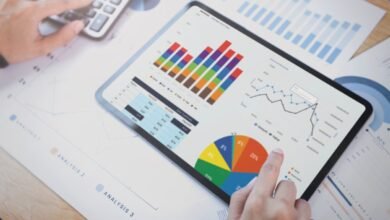How to begin trading futures in Singapore

Futures trading in Singapore involves speculation on the future direction of prices of underlying commodities. It is a contract between two parties to buy or sell an asset at a specific price and date in the future. The party who buys the contract is said to be “long”, while the party who sells the contract is said to be “short”.
Futures contracts are traded on exchanges and standardised in quantity, quality, and delivery date. The most popular commodity futures contracts traded in Singapore are those for crude oil, gold, and currencies. If you’re interested in trading futures in Singapore, there are a few things you need to know before getting started.
Understand the basics of futures trading
Before you start trading futures in Singapore, you must understand how futures contracts work. A futures contract is a settlement to buy or sell an asset at a set price on a specific date in the future. The asset’s price is determined by market forces such as supply and demand.
When you trade futures contracts, you’re speculating on the future direction of prices of underlying commodities. If you think the price of crude oil will go up, you can buy a futures contract. If crude oil prices rise as you expected, you will make a profit. In contrast, you will incur a loss if crude oil prices fall.
You can trade futures contracts on exchanges such as the Singapore Exchange (SGX), a futures and options exchange that offers trading in a wide range of commodities and financial products.
Choose a broker
Once you have decided to trade futures, you must choose a broker. A broker is an individual or firm that provides access to an exchange for trading purposes. When selecting a broker, you must consider their fees, commissions, account minimums, and customer service.
Not all brokers offer the same products or services. Some brokers may only offer to trade in specific futures contracts, while others may offer a broader range of products. Choosing a broker that offers the products and services you need is essential.
Open an account
After choosing a broker, you must open an account with the brokerage firm. When opening an account, you must provide personal information such as your name, address, and date of birth. You will also be required to provide financial information, such as your income and investment objectives.
You must have a margin account with a broker to trade futures. It is an account that allows you to borrow money from your broker to trade futures contracts. The size of your account and the margin requirement for the particular futures contract you’re trading will determine the amount you can borrow.
Understand margin requirements
Before you start trading futures, it is essential to understand margin requirements. Margin requirements are how much money you must deposit in your account to hold a futures contract. Margin requirements vary depending on the product you’re trading and the broker you’re using.
It is important to note that if the underlying asset’s price moves against your position, you may be required to deposit more money. It means you could lose more money than you have deposited in your account, resulting in a negative balance.
Choose a trading strategy
There are several ways to trade futures. Common strategies include day trading, swing trading, and position trading. Choosing a suitable strategy will depend on your investment objectives and risk tolerance.
Starting with a simple strategy is advisable if you’re new to futures trading.
Place an order
After choosing a trading strategy, you must place an order with your broker, which is a directive to buy or sell a futures contract at a specified price. There are many orders, such as market orders, limit orders, and stop-loss orders.
Your broker will execute your order on the exchange. It is important to note that your broker may not be able to fill your order at the exact price you want because prices can change rapidly, and they may only fill orders at the next available price.
Monitor your position
After placing your order, you must monitor your position by checking the underlying asset’s price and your account’s margin requirement.
You can use a broker’s order management system if you’re not comfortable monitoring your position. This system will automatically monitor your account and ensure you have enough money to cover your margin requirements.
Also Read: The Impact Of ata Analytics On Manufacturing Performance.




